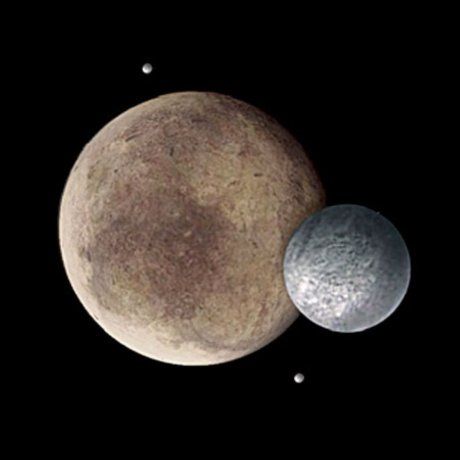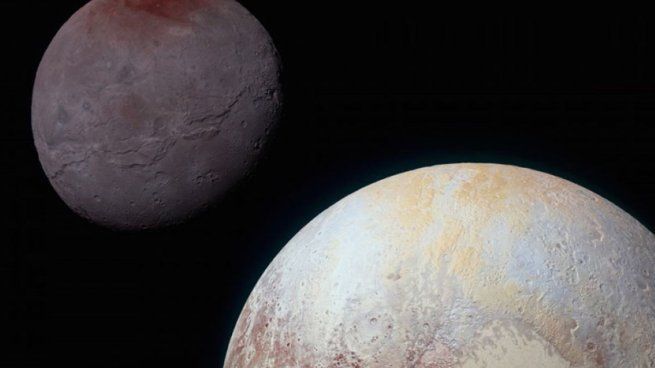New scientific research managed to identify a water reserve on Charon, Pluto’s largest moon. The experts also detected carbon dioxide (CO2).
New scientific research managed to identify a water reserve on Charon, Pluto’s largest moon.
He James Webb Space Telescopeone of the latest scientific discoveries, has revealed the presence of water in a place in the cosmos where experts would never have imagined finding it.
The content you want to access is exclusive to subscribers.
For a long time, the idea that water only existed on Earth prevailed, but a new study published in the journal Nature Communications that perception has changed. Scientists have found clear evidence of water in space, beyond our planet.


The unexpected discovery of the research in Charon
The discovery took place in a remote, cold region of space, which until recently seemed unlikely to host water. However, thanks to the capabilities of the James Webb Space Telescope, A water reserve was identified in an unusual place: Charon, the largest moon of the dwarf planet Pluto. This instrument detected interactions between water and solar radiation, resulting in the formation of hydrogen peroxide, also known as hydrogen peroxide.
Lunapluton1.jpg

The experts also detected carbon dioxide (CO2).
The presence of water in Charon was confirmed without interference from other elements such as methane gas ices, which facilitated the analysis. The James Webb Telescope, using its infrared technology, allowed the New Horizons spacecraft to study the surface of the moon in greater detail and detect both water and other components, including carbon dioxide (CO2).
Experts suggest that the elements detected come from the interior of Charon and have emerged to the surface as a result of the constant formation of craters. The detection of hydrogen peroxide on the surface indicates that the ice present there has been exposed to solar radiation and ultraviolet particles.
Source: Ambito
I am an author and journalist who has worked in the entertainment industry for over a decade. I currently work as a news editor at a major news website, and my focus is on covering the latest trends in entertainment. I also write occasional pieces for other outlets, and have authored two books about the entertainment industry.



